Below is the detailed biography of Jonathan Swift, an essayist, political pamphleteer, poet and an important member of the Irish clergy.
Early Life of Jonathan Swift
Jonathan Swift was born on November 30, 1667, to elder Jonathan Swift and Abigail Erick. Jonathan’s father had was an Englishman who had settled in Ireland and was working as a steward at the King’s Inn in Dublin, Ireland. In 1664, he married Abigail Erick, the daughter of a clergyman.
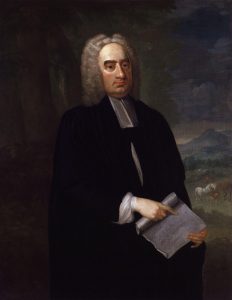
He died in the year 1667, the year Jonathan the Junior was born. Jonathan grew up fatherless and with the generosity of his uncle’s. He was sent to the best school in Ireland – Kilkenny School.
In 1682, he joined the Trinity College, Dublin and received a bachelor of arts degree. He had to move out of Ireland since the Glorious Revolution was going on the year of 1688. Therefore, for security reasons, he moved to England.

He lived with his mothers distant relative at Moor Park, England. His mothers relative – Sir William Temple was a man of great literature. Since Jonathan too had a flair for literature, he spent his years in assisting and acting as a secretary for Sir Temple.
He expanded his knowledge of the literature by making use of Sir Temple’s extensive library and helping Sir Temple in writing memoirs and essays for publications. He lived at Moor Park for almost ten years until Sir Temple passed away in 1699.
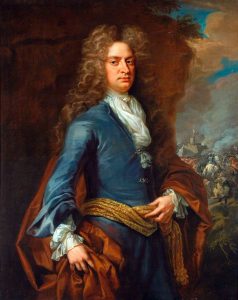
During his years at Moor Park, he made two visits to Oreland and during the second one, he became an ordained priest. In 1692, he received an MA from the University of Oxford due to Temple’s good connections.
Works as a Writer
Once Jonathan moved to Moor Park, he started his writing career as a poet. He wrote many poems about 1691-1694. He then changed his interest from poetry to prose and worked on “A tale of a Tub” between 1696-1699.
In 1704, he anonymously published this work in three parts – “The tale”, “The Battle of the Books” and “Discourse Concerning the Mechanical Operation of the Spirit”. In the first part is the actual tale. In ‘The Battle of the Books’ he supports the disputes of ancient vs modern literature and culture of European history.
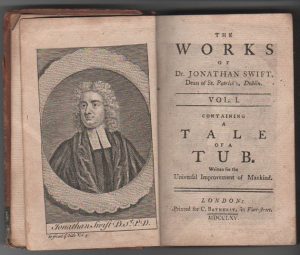
In the ‘Discourse Concerning the Mechanical Operation of the Spirit’, he explains the ridiculous and unjust manner of worship that was done by religious enthusiasts. This beautifully written satire is an excellent example of critics as well as literature.
His career in literature experienced a downfall at the end of the Tories. The Tories were members of a British political party founded by James II of England.
However, even after the downfall he worked on himself in Ireland and came up with his impressive poem “Verses on the Death of Doctor Swift” in 1730. While in Ireland, he is known for writing the “Drapiers Letters” and “A Modest Proposal” in 1724.

He addressed the problem of overpopulation in Ireland and the falling economic conditions of Ireland. These were written anonymously.
One of greatest and most admired satire was the “Gulliver Travels” that came out in 1726. He started working on this two years before publishing. It is an adventurous story involving many voyages of Lemuel Gulliver, a ship surgeon. The flow of Gulliver Travels was divided into four volumes, no less.
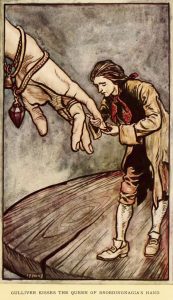
He is said to have finished it by August 1725. The “Gulliver Travels” was not only entertaining but also quite precise. He received a lot of admiration for his work. At this time, he was known to be close friends with writers and poets such as Alexander Pope and John Gay.
Works as a Political Journalist
He did public writings related to the politics of both countries – England and Ireland. He discussed issues like the balance of power in England between the monarchy and the two houses of the Parliament. Slowly, he was a celebrated political writer in London.
Along with “A tale of a Tub”, he came up with the “Bickerstaff” an anonymous character writing pamphlets about religion and politics. Their supposed author was Isaac Bickerstaff.
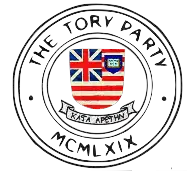
Since he was living in the time when beliefs were changing every now and then, he was accustomed to writing about these events in his literal style. He recorded these vivid changes in his “Journal to Stella”, a series of letters written from 1710 to 1713 written to Esther Johnson in Dublin.
Swift became a chief pamphleteer to the “Tories”. He also became their political writer by the end of October 1710. He took over the Tory journal – The Examiner and remained the chief editor until June 1711. He prepared a pamphlet for their motion in France, a drive for Peace by the Tories. His career at England ended with the death of Queen Anne in 1714, and the destruction of the Tory party.
Works as a part of the Clergy
After the death of Sir Temple, Jonathan Swift returned to Dubin, as a chaplain and a secretary to the earl of Berkeley. He served as a vicar in the north of Ireland, Kilroot which he resigned in the early 1700’s and was now handling a number of positions at the Irish clergy.
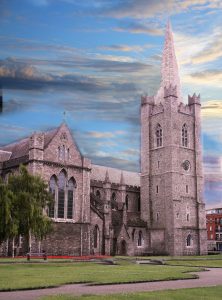
In 1700, he has instituted the Vicar of Laracor. In the year 1707, he was sent to London. In April 1713, he was appointed as the Dean of St. Patricks Cathedral in Dublin, Ireland.
Later Life and Death of Jonathan Swift
Jonathan spent all his life single and chose to do so in his old age as well. There were caretakers appointed for him. He is believed to have turned angry and irritated often before old age.
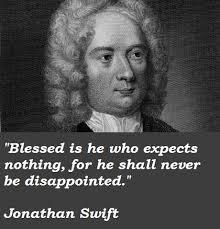
He suffered from something called the Meniere’s disease that causes dizziness and nausea. He became weaker and weaker physically because of old age. In 1742, he suffered a paralytic stroke and was declared incapable of taking care of himself.
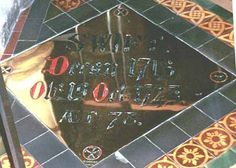
On 19 October 1745, he died of a cardiac stroke and was buried at the St. Patricks Cathedral, Dublin, Republic of Ireland.
More Info On- Pierre Auguste Renoir, James Stark, Alfred Sisley, Empress Frederick, John Ballantyne